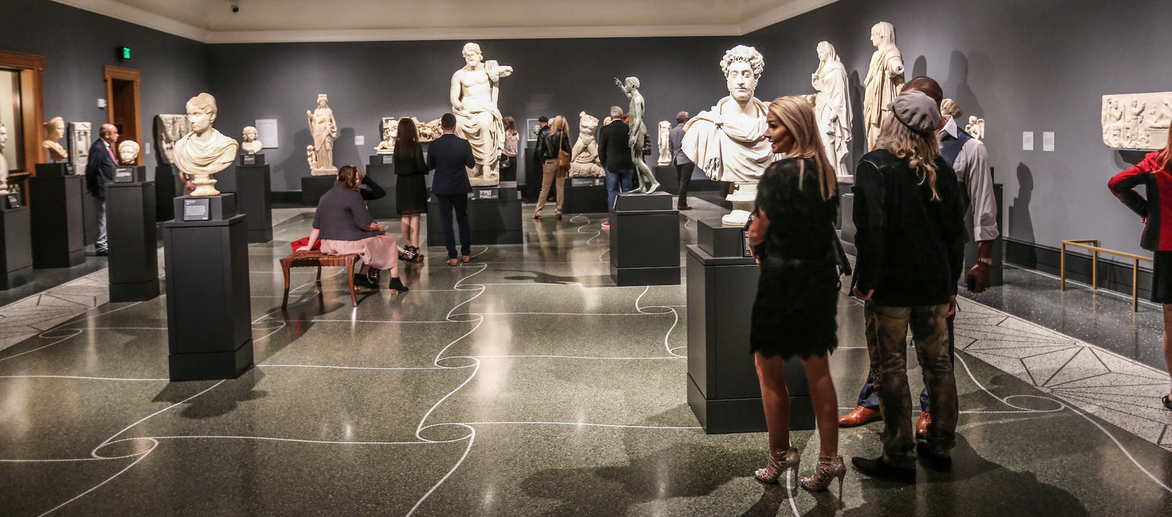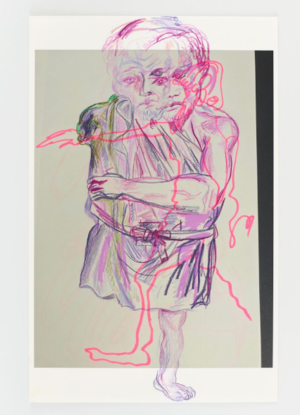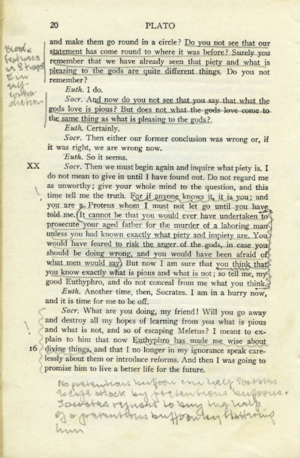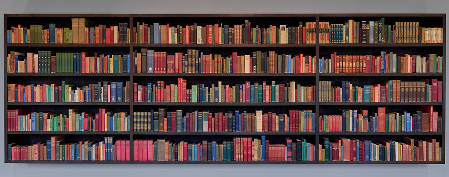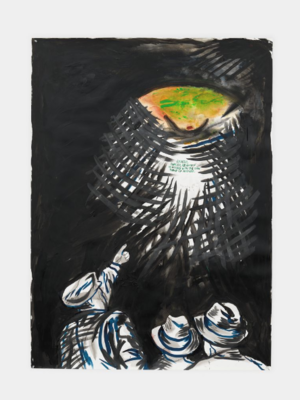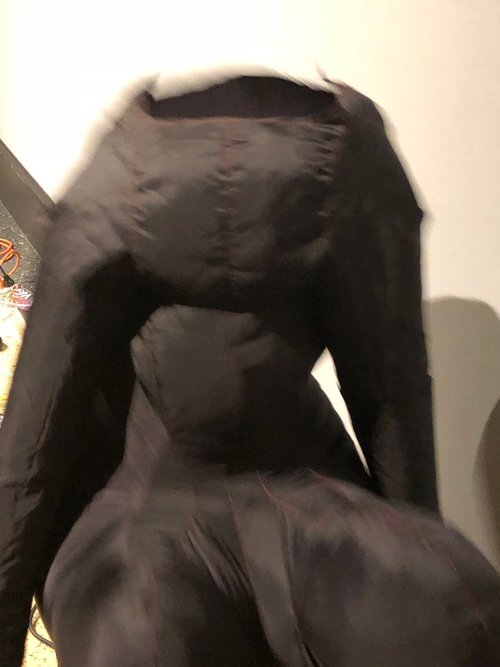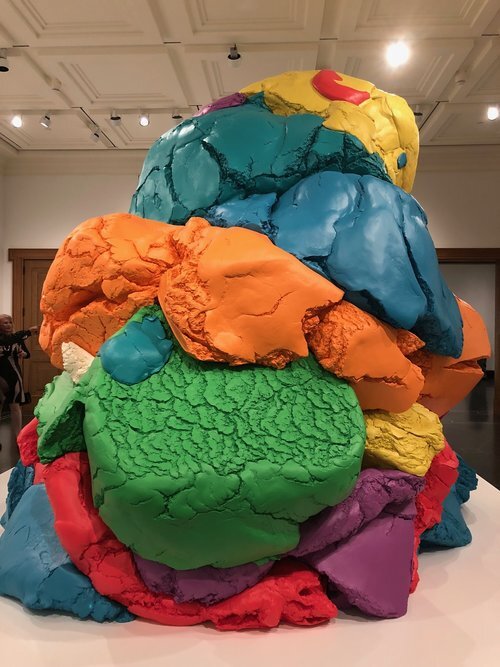The Getty Villa Britweek Celebration - PLATO IN L.A.
The Getty Villa celebrated Britweek in an exclusive VIP reception and private viewing of the Museum's newest exhibition PLATO IN L.A. The Laboratory Arts Collective Magazine was a proud media partner of this event and members were invited to join the celebration.

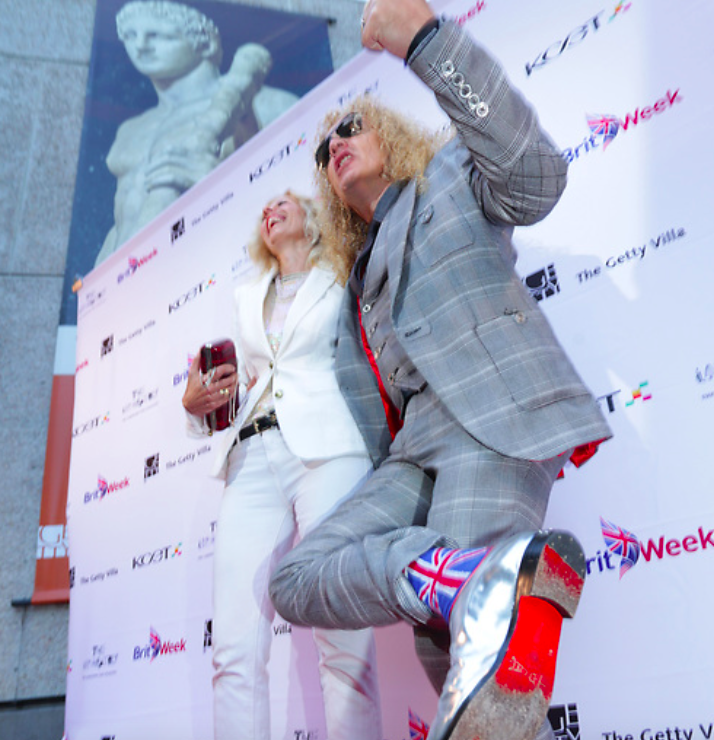

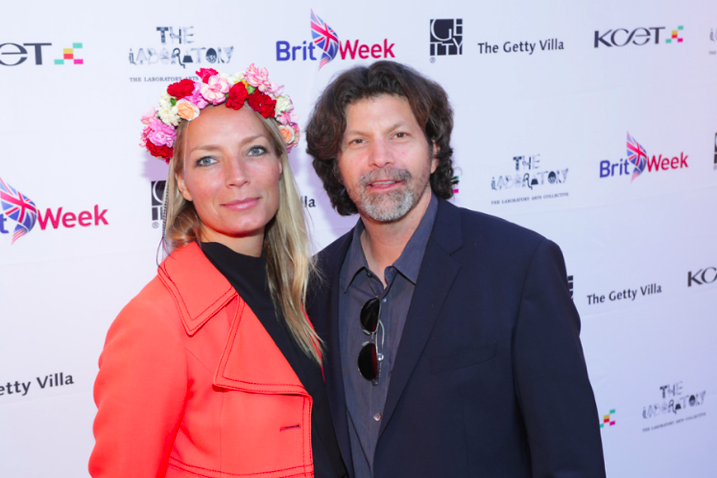
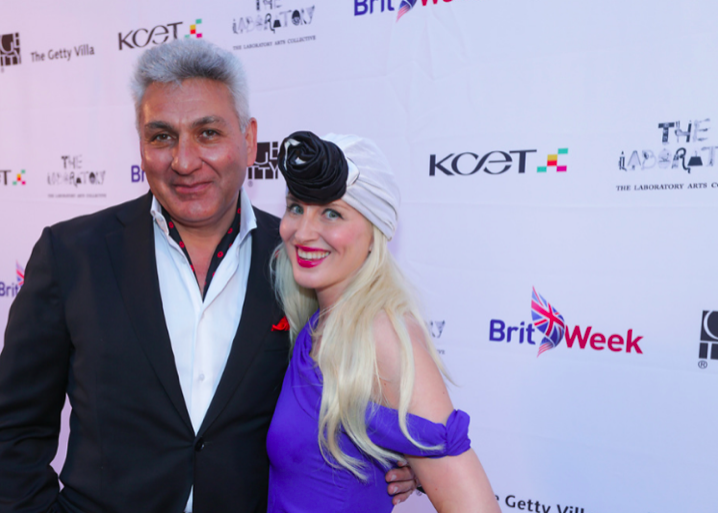

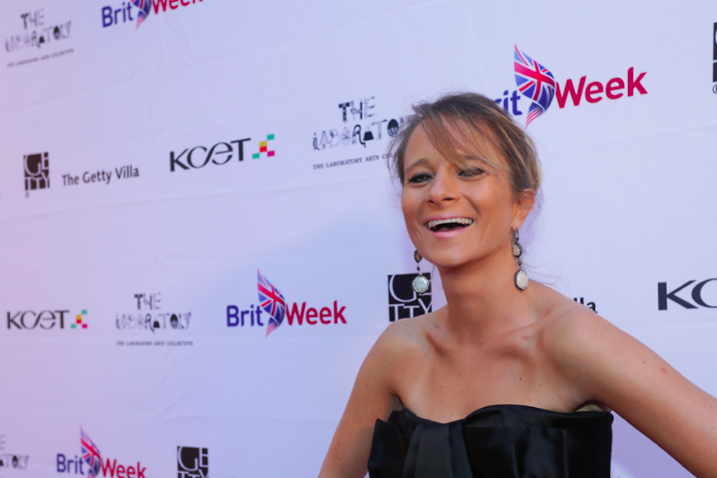

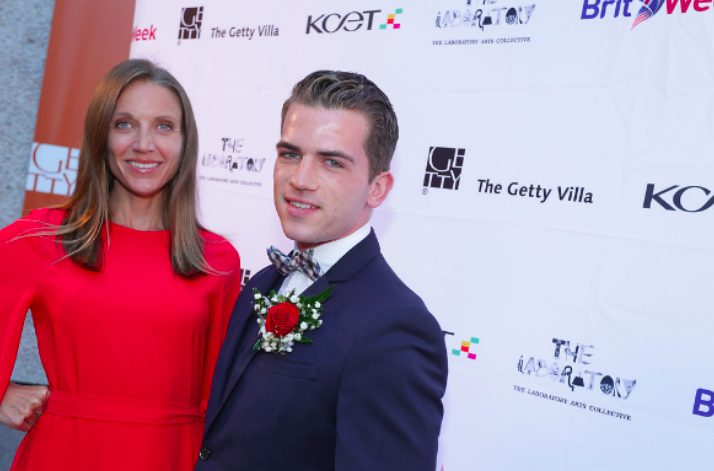
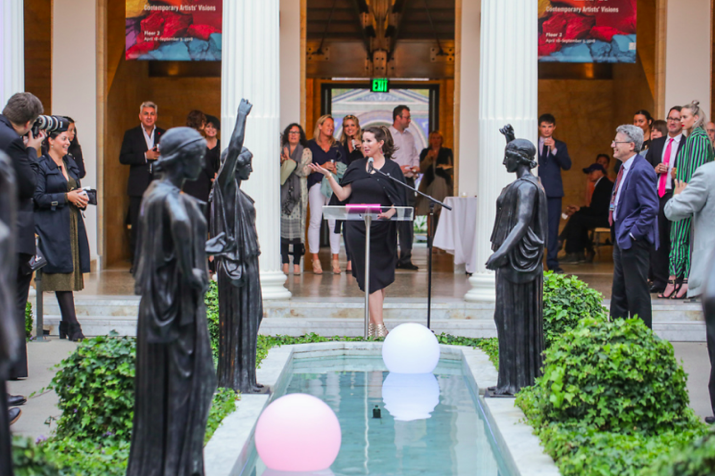
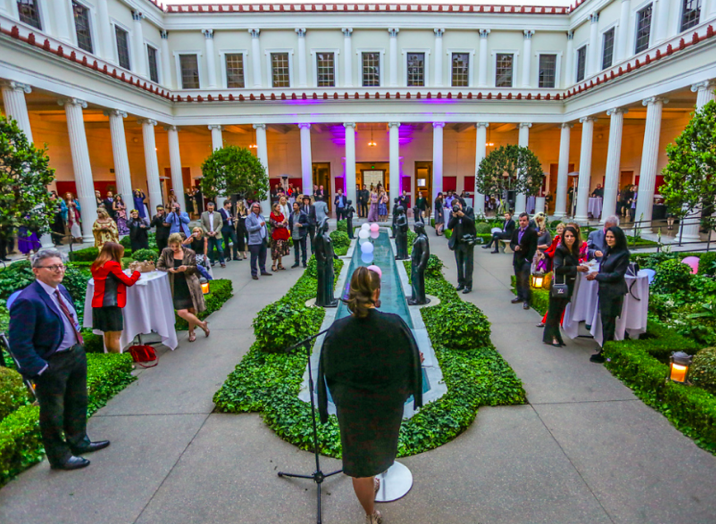
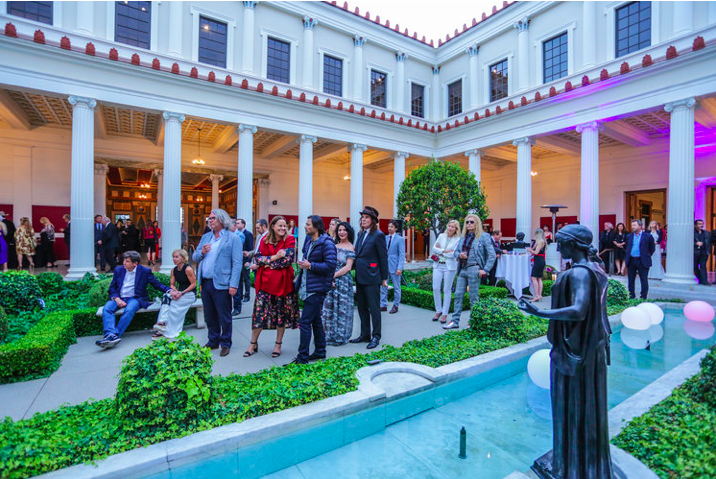
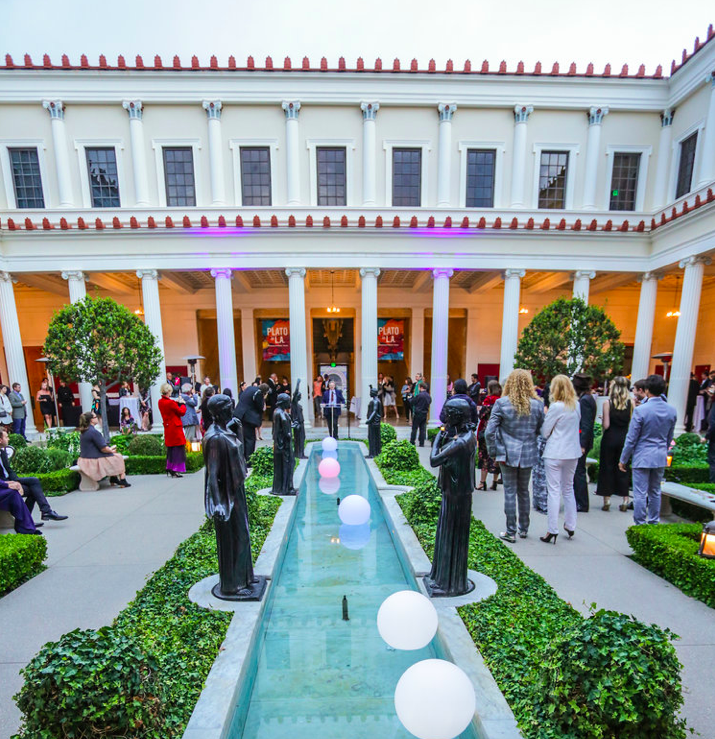
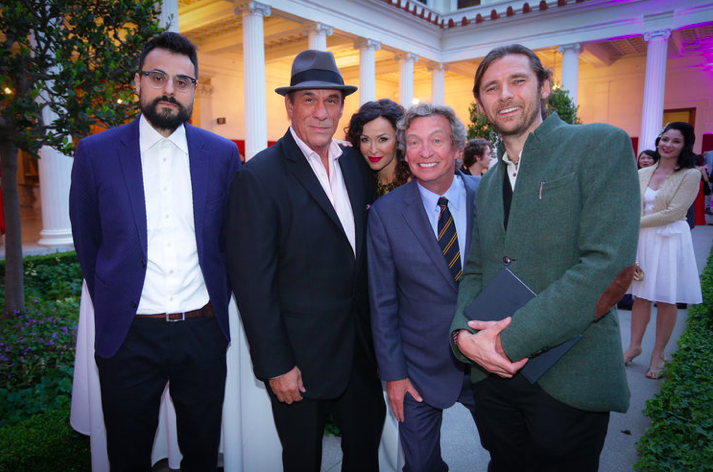
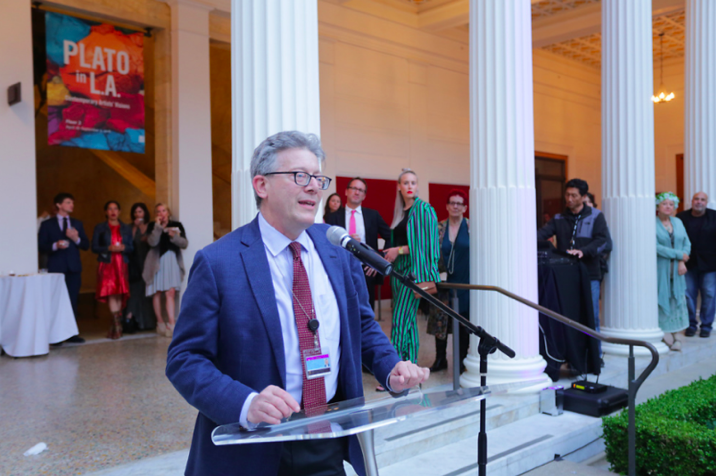
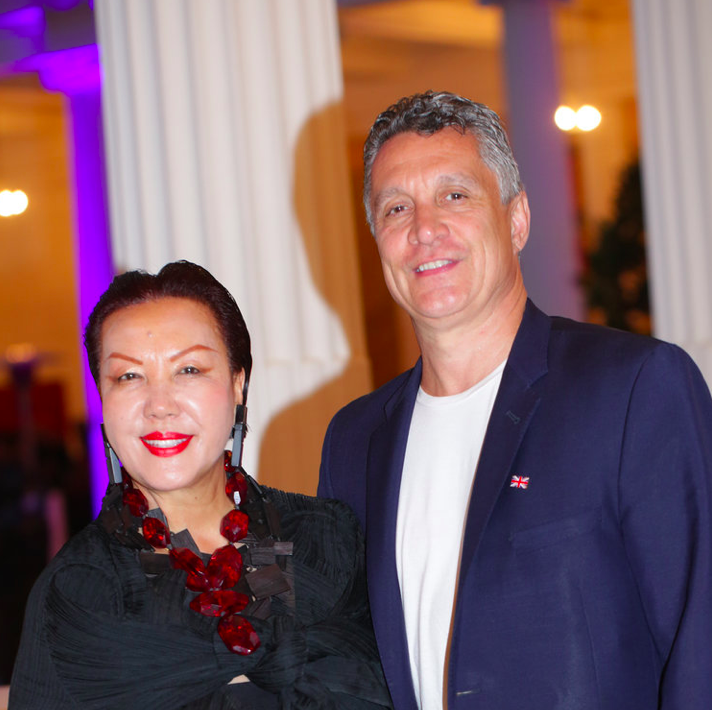
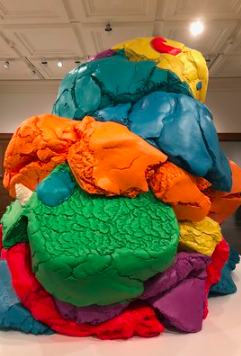
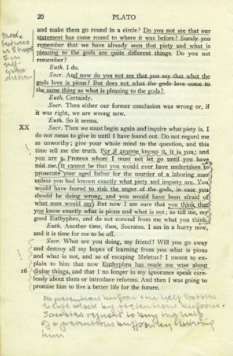
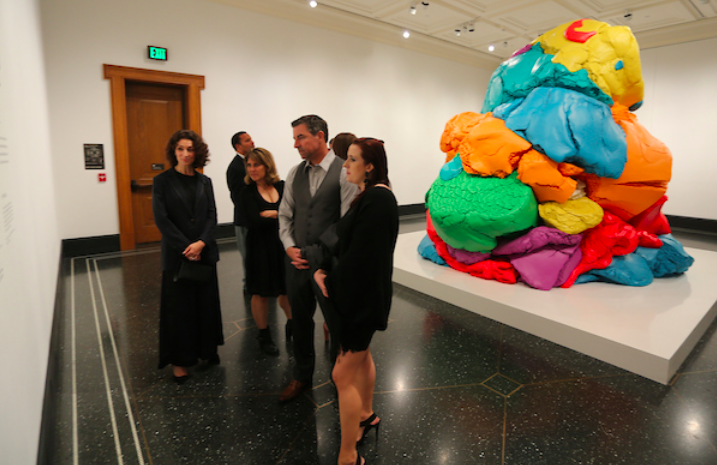
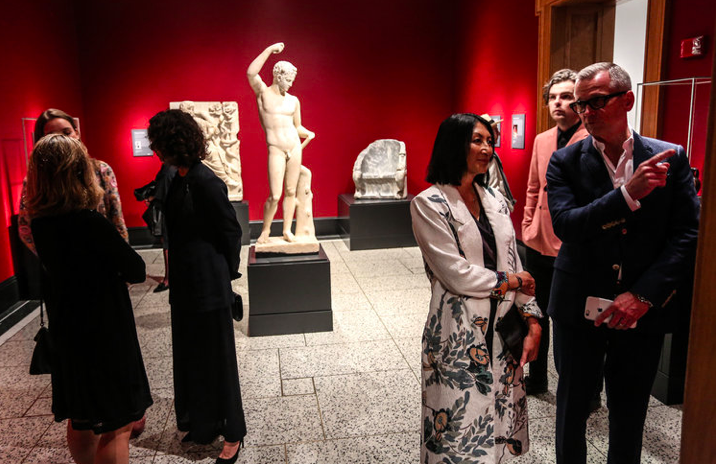
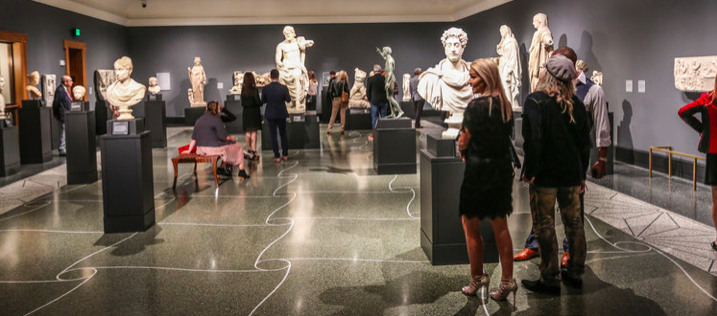
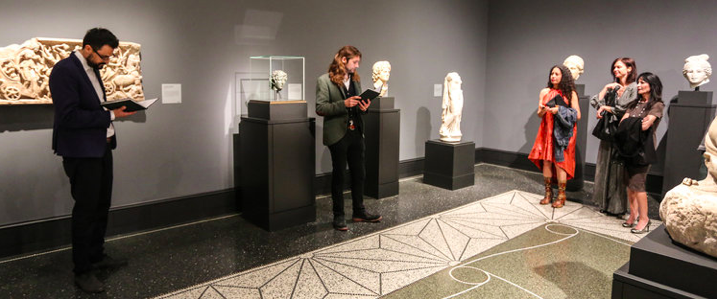
Guests viewed a contemporary take on Plato from a range of celebrated artists that included Jeff Koons and Whitney McVeigh.
Photography by Rex Gelert
"WONDER IS THE FEELING OF THE PHILOSOPHER, AND PHILOSOPHY BEGINS WITH WONDER." — PLATO, (THEAETETUS, 155D)
Guests wandered through the gardens enjoyed a perfect Californian evening, dined on fine food and wine and visited the contemporary art on display. It was the first time The Getty Villa had shown contemporary work alongside their superb collection of antiquities and it was beautifully curated by Donatien Grau.
“More than anywhere else in the United States, Los Angeles is a laboratory of existential and institutional experimentation, whose inhabitants must constantly negotiate a dialogue between the traditions of Europe and the multiculturalism of the modern American city. Plato, whose spirit is ever present in Los Angeles, reminds us that for humanity to prosper, it must contemplate a higher form of itself. By making thoughts perceptible, artists invite us to adopt this premise." – Donatien Grau, Curator
The exhibition Plato in L.A. successfully brings the ancient teachings of Plato into our modern consciousness. The playfulness of the Koons sculpture is wonderfully complimented by the provocations of the other works on display. Taking the viewer into a deeper experience, a dialogue was struck up between some chosen sculptures and the poetry of Gabriele Tinti.
Actors Robert Davi and Oscar Sharp were invited to read. The surprise of the evening was the power of Tinti's poems alongside his chosen statues. The conversation became very real as the ancients were brought directly to those who gathered to listen. A powerful dialogue bridged the past with the present. Both the poems and the art were brought to life and made relevant by the existence of the other. It was a literary reflection of the contemporary exhibition and a reminder of the timeless human journey as defined in Plato's philosophies.
AN INTRODUCTION TO THE POEM THE VICTORIUS ATHLETE BY GABRIELE TINTI
The Victorious Athlete is a poem that I wrote especially as a tribute to the work of art on display at the Getty Villa in Los Angeles.
The sculpture - also known as the Getty Bronze, the Atleta di Fano and the Victorious Youth - is one of the very few Greek originals in bronze to have come down to us that can be attributed to a master of antiquity.
Attributed on the basis of style to Lisippus (Paolo Moreno), it depicts a young athlete just crowned, caught in the act of emphatically pointing to the wreath with his right hand and to the palm branch, which was also a symbol of victory, with his left.
The strong leg muscles suggest a runner. The cavalier attitude suggests he was not a professional athlete though, but a noble who took part in the races.
Scholars have strained to identify him as a historic figure: some (Frel, Pasquier) as Demetrius Poliorcetes, others (Paolo Moreno, Antonietta Viacava) as Seleucus Nicator. Other theories identify the athlete - considering the numerous analogies and success of this iconographic form in the Hellenistic and Roman ages - as Hercules or as the very image of Agon (Victory in the athletic races).
Scholars do agree, however, on the evidence that the figure must not have been alone as his left side is particularly flat. This would suggest the presence of at least one other statue, but here, too, it is not known whether it was of the father proud of his son’s successes, or the referee caught at the moment of the coronation.
It is in any case likely that Lisippus, at the time the ‘court sculptor’ to Alexander the Great, wanted with this work to create the figurative model of the new generation of victorious condottieri who, led by Alexander himself, conquered Greece and the eastern Mediterranean.
THE VICTORIOUS ATHLETE
Poem by Gabriele Tinti
Unknown
Statue of a Victorious Youth, 300–100 B.C., Bronze with inlaid copper
151.5 × 70 × 27.9 cm, 64.4108 kg (59 5/8 × 27 9/16 × 11 in., 142 lb.)
The J. Paul Getty Museum, Los Angeles. Digital image courtesy of the Getty's Open Content Program.
Poetry reading
Wandering the galleries
"The souls of people, on their way to Earth-life, pass through a room full of lights; each takes a taper - often only a spark - to guide it in the dim country of this world. But some souls, by rare fortune, are detained longer - have time to grasp a handful of tapers, which they weave into a torch. These are the torch-bearers of humanity - its poets, seers and saints, who lead and lift the race out of the darkness, toward the light. They are the law-givers and saviors, the light-bringers, way showers and truth tellers, and without them, humanity would lose its way in the dark." Plato
The torch bearers participating in this contemporary exhibition are the following celebrated artists. Paul Chan, Rachel Harrison, Huang Yong Ping, Mike Kelley, Jeff Koons, Joseph Kosuth, Paul McCarthy, Whitney McVeigh, Raymond Pettibon, Adrian Piper, and Michelangelo Pistoletto.








